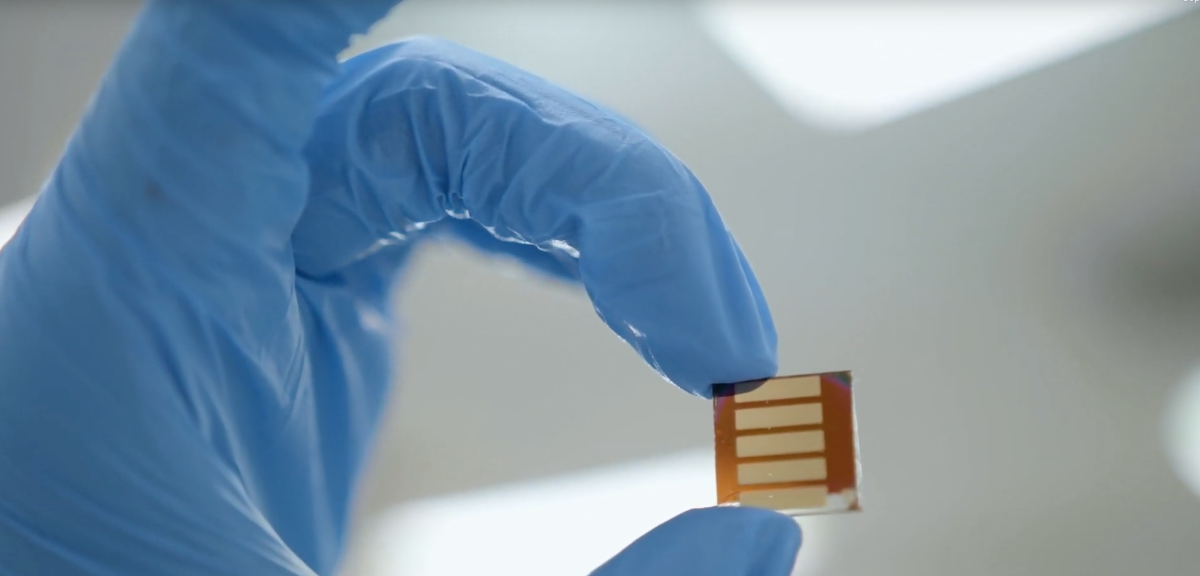Material Advancements Inside Your Tech
 As technology advances, so do the expectations and requirements we set for innovations: the push for smaller devices to hold a charge for a more extended period of time, the desire to manufacture components more rapidly, and the need to research and test these products and components effectively in a timely manner.
As technology advances, so do the expectations and requirements we set for innovations: the push for smaller devices to hold a charge for a more extended period of time, the desire to manufacture components more rapidly, and the need to research and test these products and components effectively in a timely manner.
The last of those scenarios played out in Brookings, South Dakota recently. In March 2021, professors at South Dakota State University evaluated one of NASA’s latest technological advancements. It’s a printable copper alloy, intended for combustion chambers of next-generation rocket engines used for space travel.
If the material proves effective, it could change the industry because the components are built using additive manufacturing, commonly known as 3D printing. This method enables manufacturers to rapidly produce components at a more cost-effective price.
While that development impacts space travel, similar innovations are altering tech we use in everyday life. In recent years, researchers have worked to keep pace with Moore’s Law, which states that consumers expect to pay less for computers every few years as they increase in speed and capability.
This poses a challenge for circuit boards. As the number of transistors on a microchip doubles every two years, for example, they produce more heat in a small area—it makes it more difficult for the heat to dissipate.
Now, a multidisciplinary team featuring professors from the University of Virginia and Northwestern University are working on an invention to better manage heat as microchips grow smaller.
“Scientists have been in search of a low-k dielectric material that can handle the heat transfer and space issues inherent at much smaller scales," Patrick E. Hopkins, a professor in the University of Virginia's Department of Mechanical and Aerospace Engineering, said. "Although we've come a long way, new breakthroughs are just not going to happen unless we combine disciplines. For this project we've used research and principles from several fields - mechanical engineering, chemistry, materials science, electrical engineering—to solve a really tough problem that none of us could work out on our own."
Both instances highlight a truism: We often take technological advancements for granted and just assume the next one is right around the corner. The reality is world-changing innovations require hours upon hours of research and testing.


